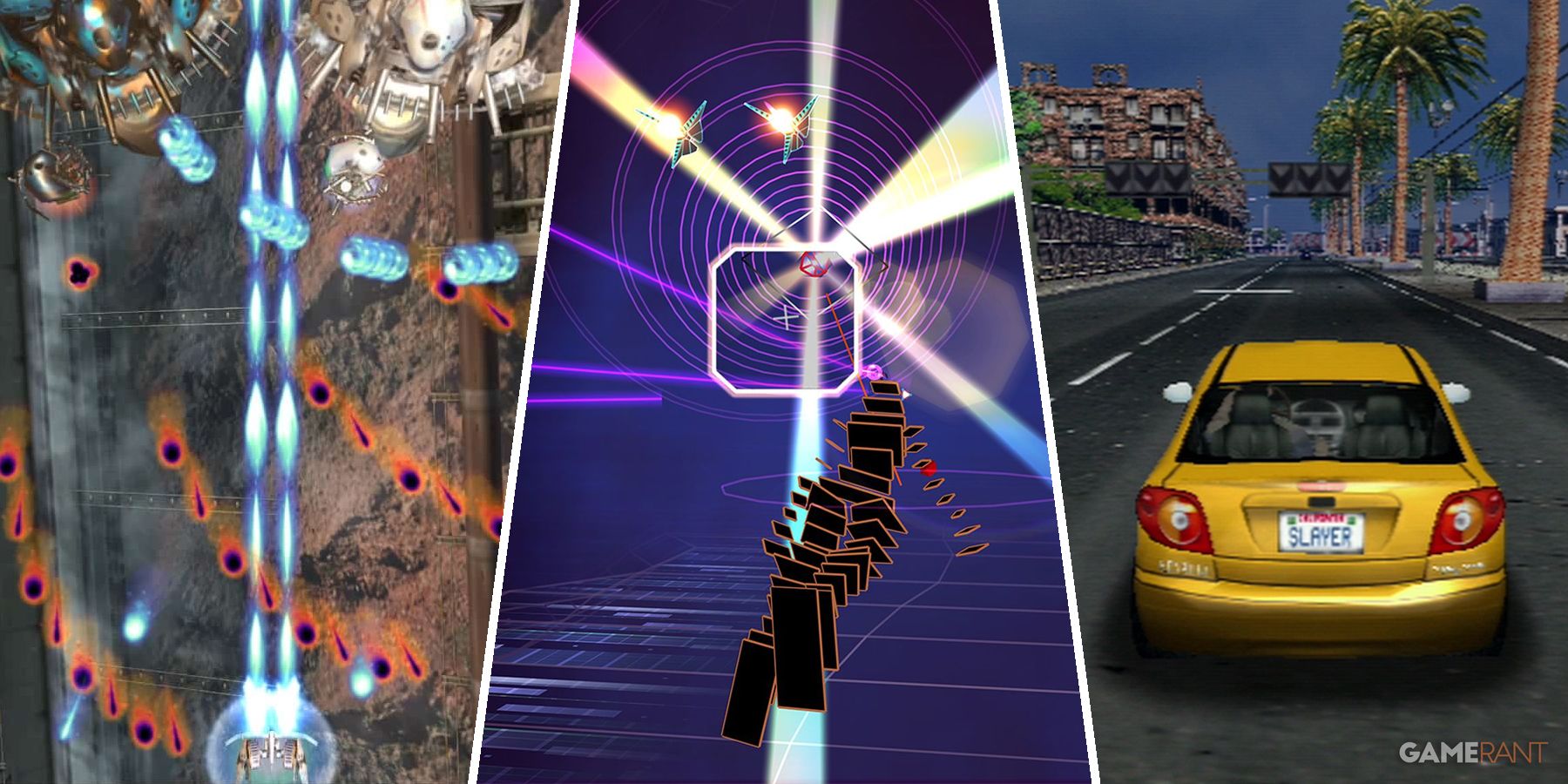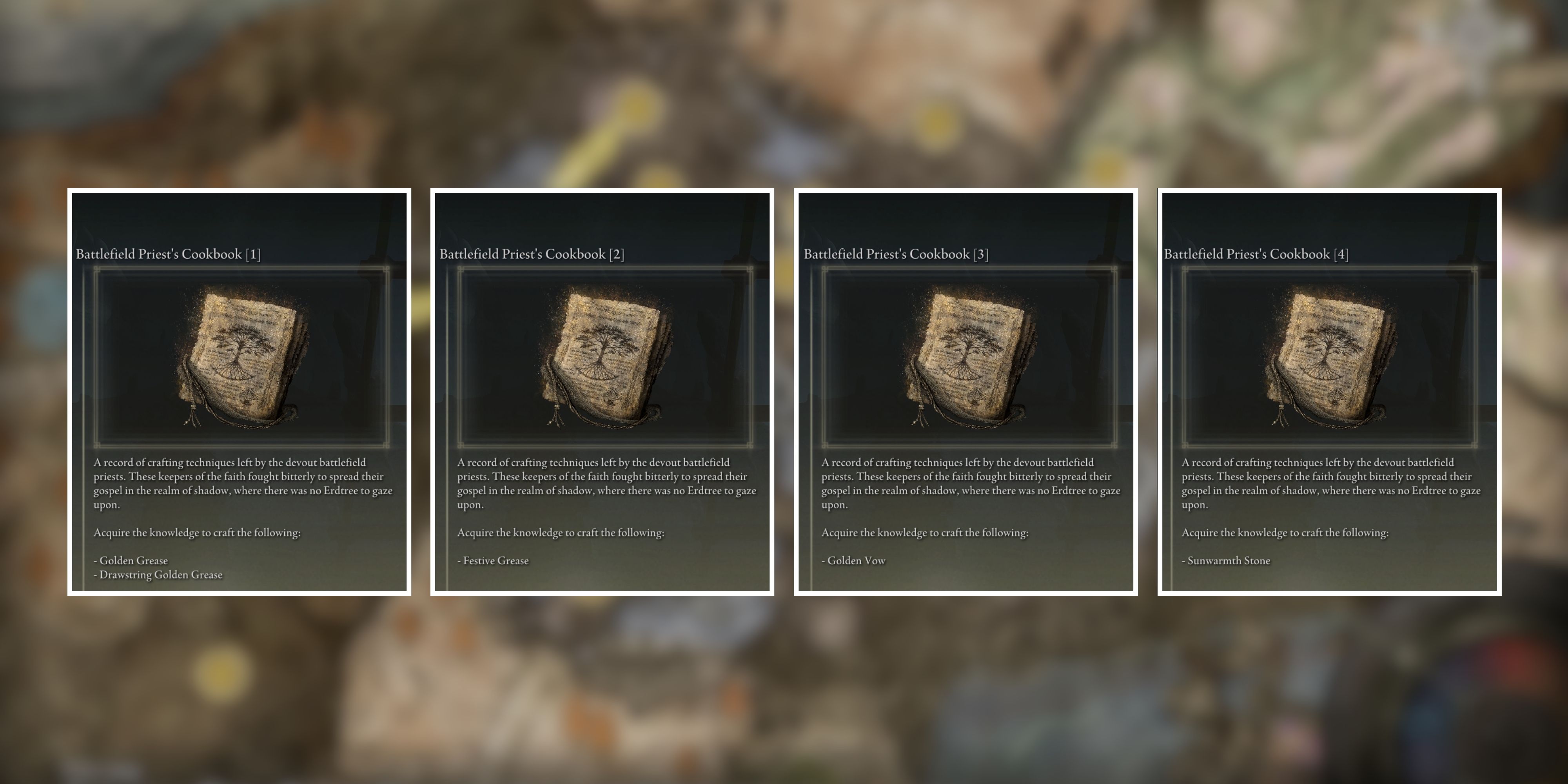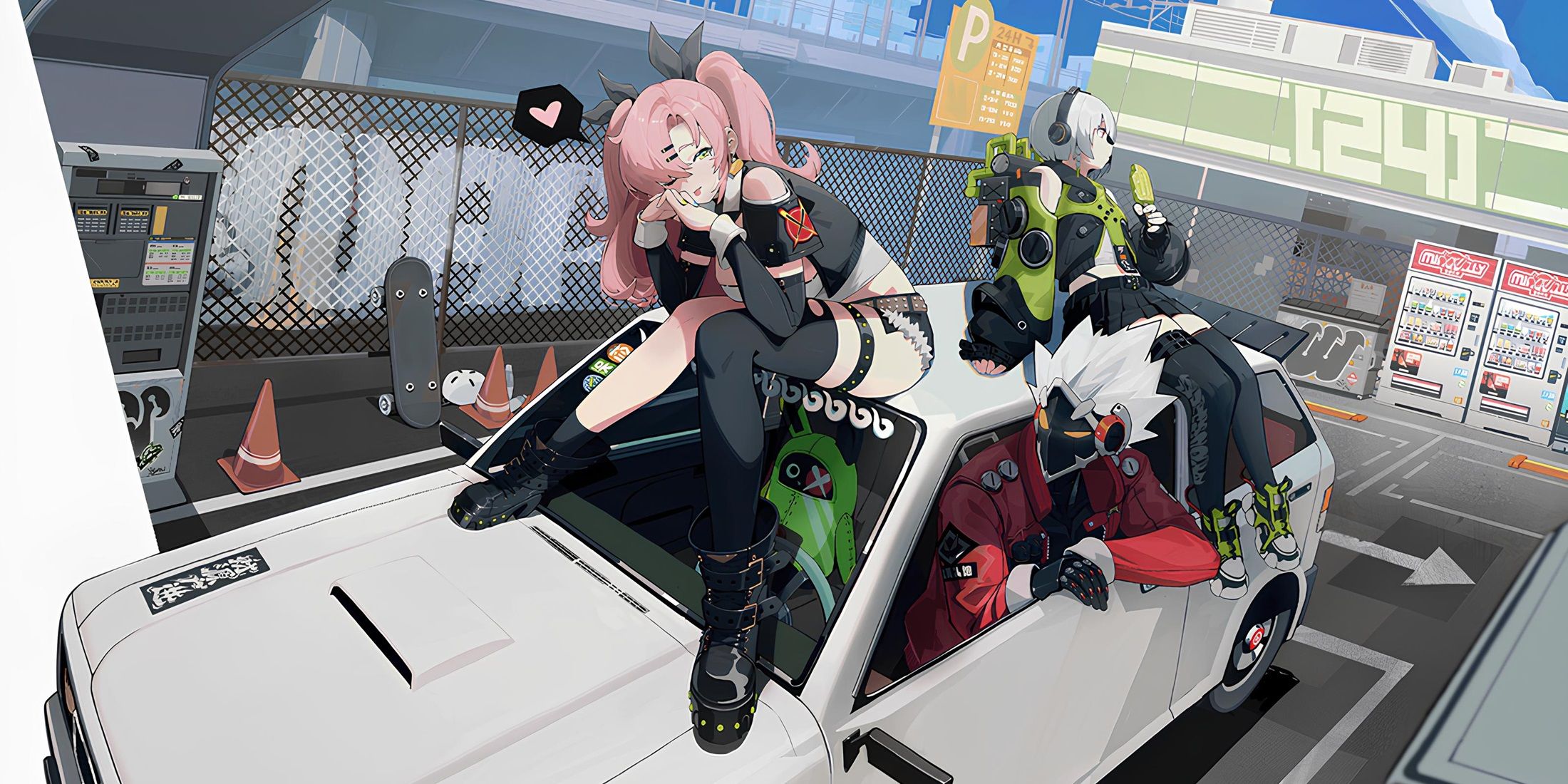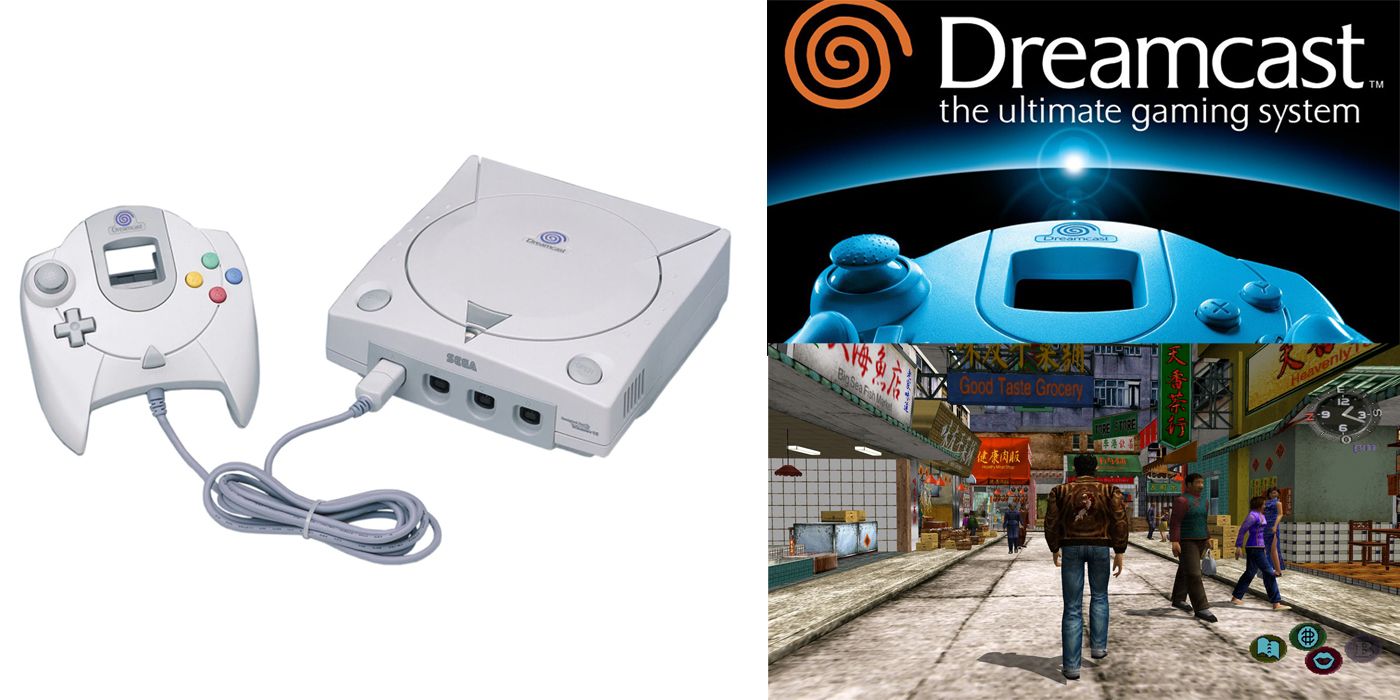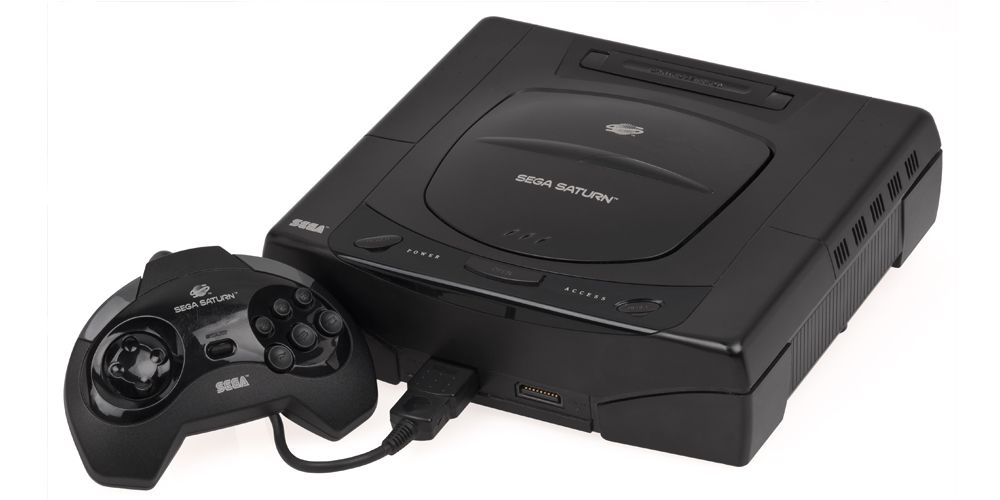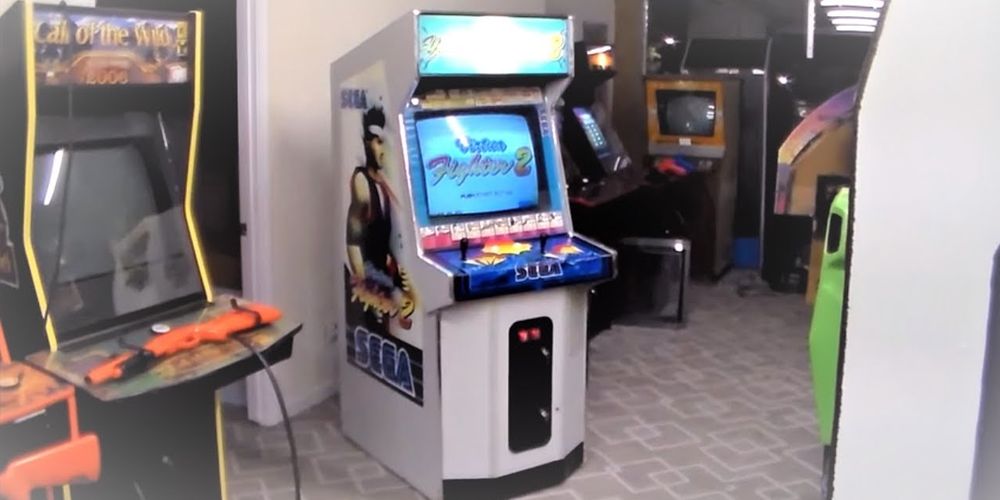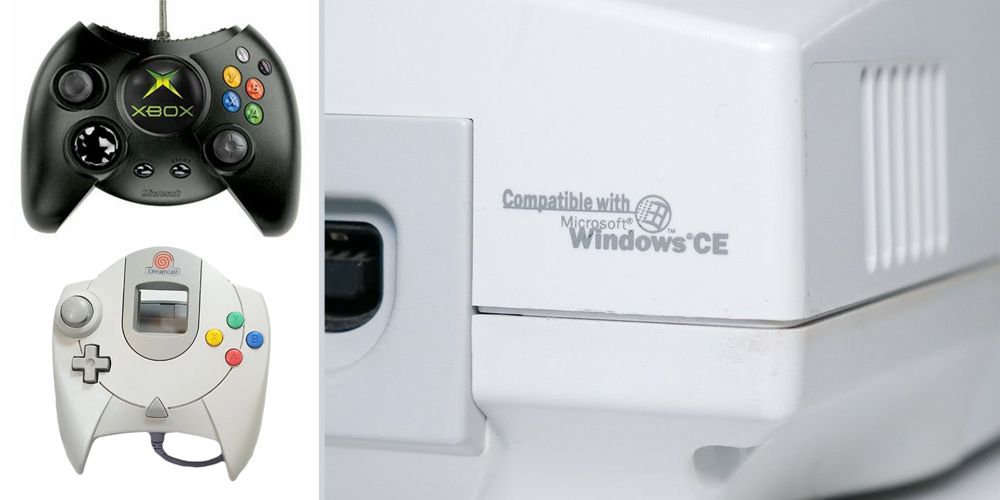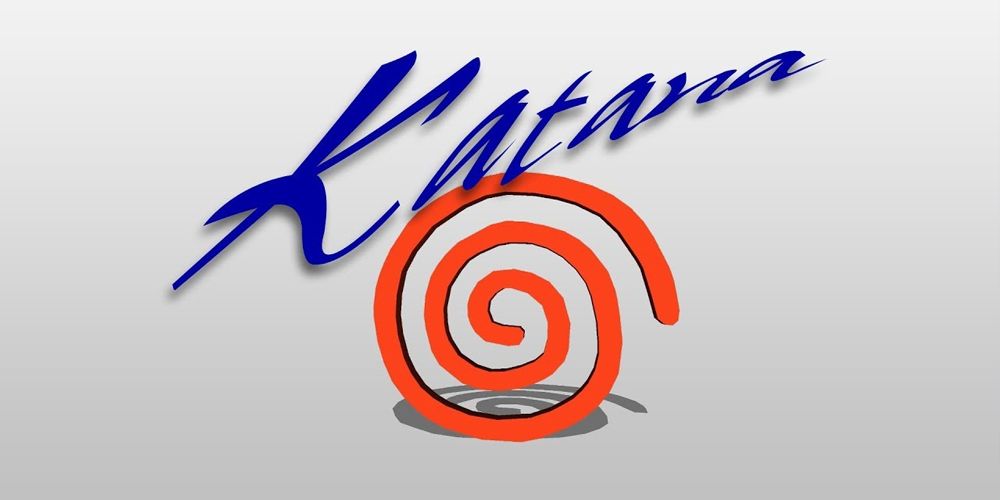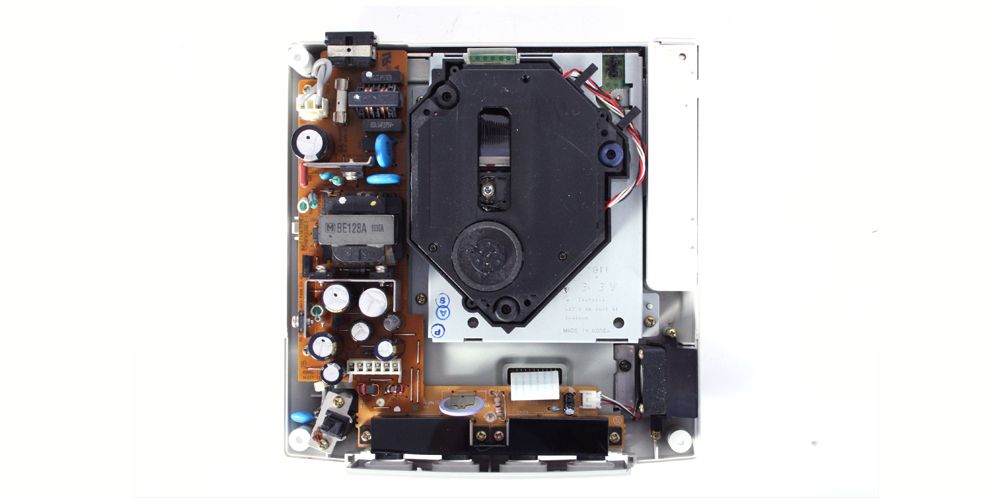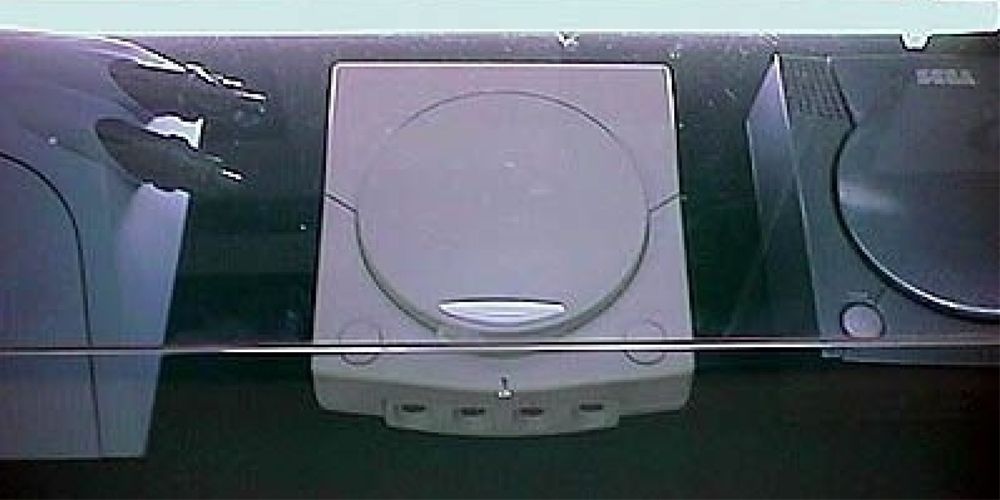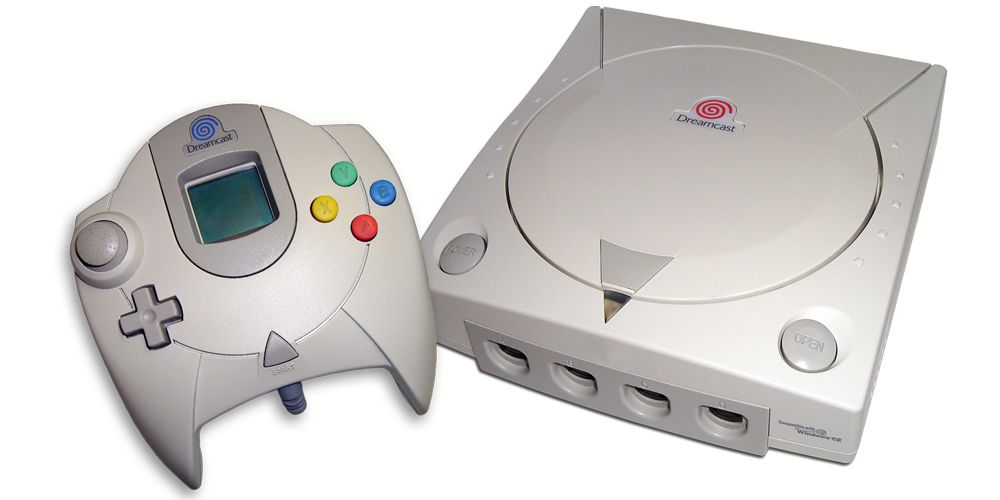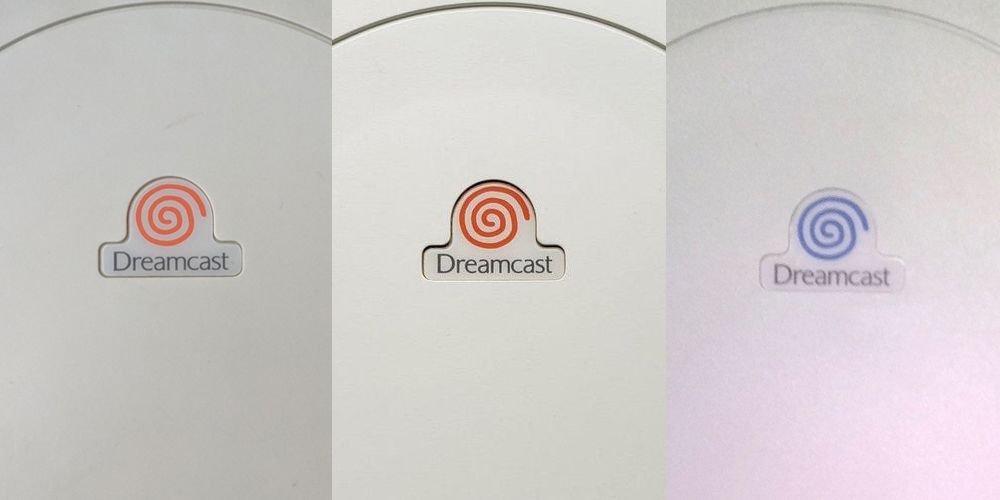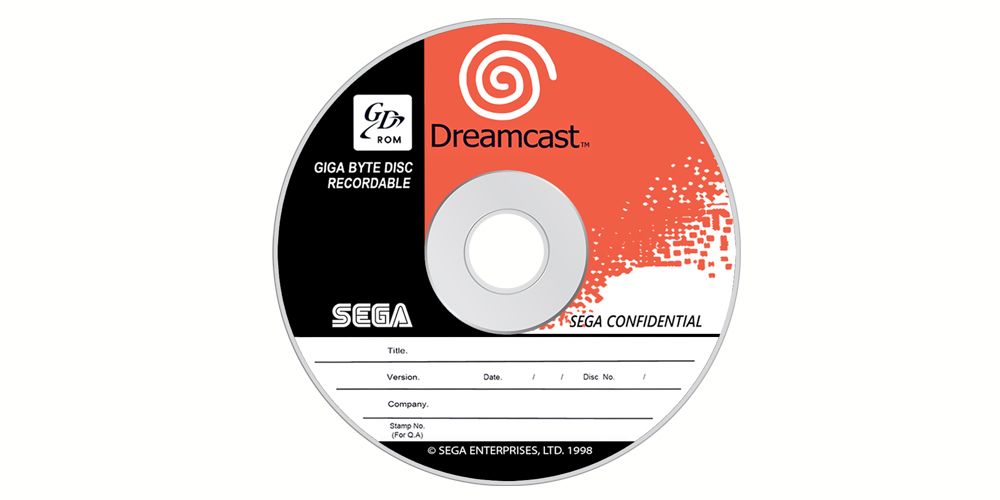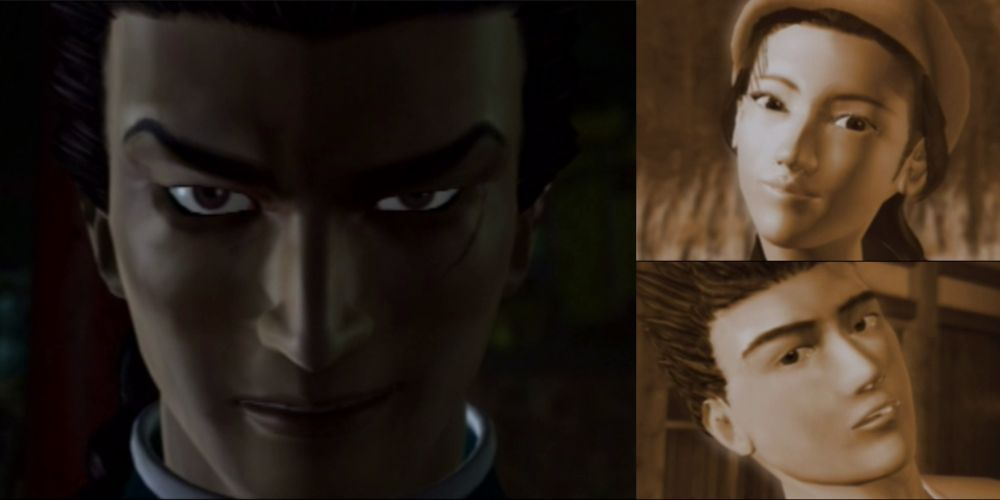The Sega Dreamcast remains one of the most innovative consoles ever made. With online play, VGA output and even motion controls, it was a system years ahead of its time. Unfortunately, however, the console's sales were not able to live up to its fantastic feature set.
Releasing in the US on September 9th, 1999, the Dreamcast only sold around 10 million units before being discontinued less than three years later. There are a number of reasons why the system failed, including its lack of a DVD player and the lack of support from 3rd party developers like EA.
Whatever the reasons though, the Dreamcast had one of the shortest console life-cycles in history. As a result, more time was spent developing the system than was spent actually producing it. During this time there were plenty of interesting decisions being made by Sega as they attempted to make up ground on their rivals.
10 Sega Was Considering A New Console Before The Saturn Had Even Released
Due largely to the disarray and internal conflict within Sega at the time, discussions surrounding a successor to the Sega Saturn had begun even before the console's release. Whilst ideas varied from a standalone console to a 32X style Saturn add-on, the release of Sony's PlayStation had clearly put a huge dent in the company's confidence in the Saturn's ability to compete.
9 Sega Worked With A Military Provider To Produce Graphics Chips
Lockheed Martin had already been working with Sega to provide chips for their arcade cabinets for several years. The Sega Model 1 and Model 2 were used in around 50 of the company's arcade classics, including titles like Virtua Fighter, House of the Dead, and Dead or Alive.
For this reason, the military provider was tasked with coming up with a graphical solution for Sega's new system. But despite them submitting several designs, Sega ended up settling on a different graphics chip.
8 Microsoft Played A Significant Role In The Console's Development
Sega and Microsoft worked closely at various points throughout the Dreamcast's development. This mainly involved the latter providing a custom build of their Windows CE operating system as well as CE based development kits.
Although CE was generally seen as inferior to the Dreamcast's native operating system, there are more than 75 titles in the system's library that utilized it. These include Resident Evil 2, Bust a Move 4, and Sega Rally 2.
Whilst the partnership was viewed by many as a failure, the experience gained by Microsoft likely helped them when developing their own console a few years later. There are a number of links between the Xbox and the Dreamcast, including Shenmue 2's North American Dreamcast release being canceled in favor of it becoming an Xbox exclusive and some similarities between the layouts of the systems' controllers.
7 There Were Two Entirely Different Internal Teams Working On The Project
Rather than focusing on a single design, Sega set up two teams to simultaneously develop different ideas for the Saturn's successor. An American team, known as 'Black Belt,' and a team in Japan working under the codename 'Dural.'
Although many of the design decisions made by the teams were similar, there were some key differences. Most notably, the Black Belt team worked with 3Dfx to provide the system's graphics whilst the team in Japan partnered with NEC and Videologic.
After several years of development, the Dural team was later renamed to Katana. It was their design that would go on to provide the basis for the Sega Dreamcast.
6 The Hardware Used In The System Led To A Lawsuit
During development, Sega's American team had been working closely with a company called 3Dfx to develop chips for the Dreamcast. Despite seemingly having agreed to use these chips in the final design though, Sega ended up partnering with NEC instead.
Incensed by Sega's sudden change of heart, 3Dfx filed a $155m lawsuit against Sega and NEC. Like many corporate lawsuits, it would eventually be settled out of court.
The decision to change providers at this stage in development also damaged Sega's relationship with Electronic Arts. Already strained as a result of issues pertaining to the Saturn, the publishing giant would eventually go on to pull all support for the Dreamcast. Given EA's dominance of the sports genre, this really hurt the Dreamcast after it launched.
5 Sega Came Up With Some Unusual Designs For The Console's Appearance
With the internals finalized, Sega set about deciding on the console's physical appearance, with numerous prototypes made. Although most were similar to the final design, one or two of them differed dramatically. Had certain executives gotten their way, it's possible that the Dreamcast's iconic appearance could have been very different.
4 Sega Considered Removing Their Name From The System
Despite selling fairly well in Japan, the Sega Saturn struggled to gain a foothold in the North-American and European markets. Disdain had also been growing amongst Sega's fan-base as a result of the poorly supported hardware add-ons for the Genesis.
With these things in mind, Sega briefly toyed with the idea of removing the Sega branding from the Dreamcast console. Although they would eventually decide against it, both Sony and Microsoft would later go on to take this approach.
3 The System Has Different Logos in Different Regions
The Dreamcast uses a swirl as its logo. According to former Sega of America CEO Shoichiro Irimajiri, this represents "the origin of power." What many people don't realize however is that the swirl's color varies from region to region.
Japanese systems used an orange logo, as orange is seen as a lucky color in Japan. North American systems instead used a red variant as it was seen as a stronger color than orange. The original plan was for the red swirl to also be used in Europe. Due to copyright reasons, however, Sega was forced to use a blue swirl for Dreamcasts sold in PAL territories.
2 The System Uses Its Own Proprietary Disc Format
In order to get around the high production and licensing costs that would have resulted from using DVD technology, Sega worked with Yamaha to develop the GD-ROM. The discs had a capacity of 1GB, placing them somewhere between CDs and DVDs in terms of storage. Although this saved the company money in the short term, it would later go on to cause some big problems.
Many feel that the lack of a DVD drive was one of the key reasons that some players abandoned the system in favor of Sony's PlayStation 2. Worse still for Sega, it did not take long for pirates to get around the format's piracy protection measures. This resulted in many system owners downloading and burning games to disc rather than purchasing them legally.
1 The System's 'Killer-App' Was Originally A Saturn Game
The game intended to be the Dreamcast's system-seller actually began development on the Sega Saturn. Shenmue, or 'Project Berkley' as it was then known, was in development on the Saturn for several years. The decision to switch systems occurred after series director Yu Suzuki learned of the graphical capabilities of the new system.
It's not entirely clear how far into development Project Berkley was, although it seems to have been at quite an advanced stage. Footage released of the Saturn build depicts events from the first two games as well as some scenes that are yet to appear in the series.

